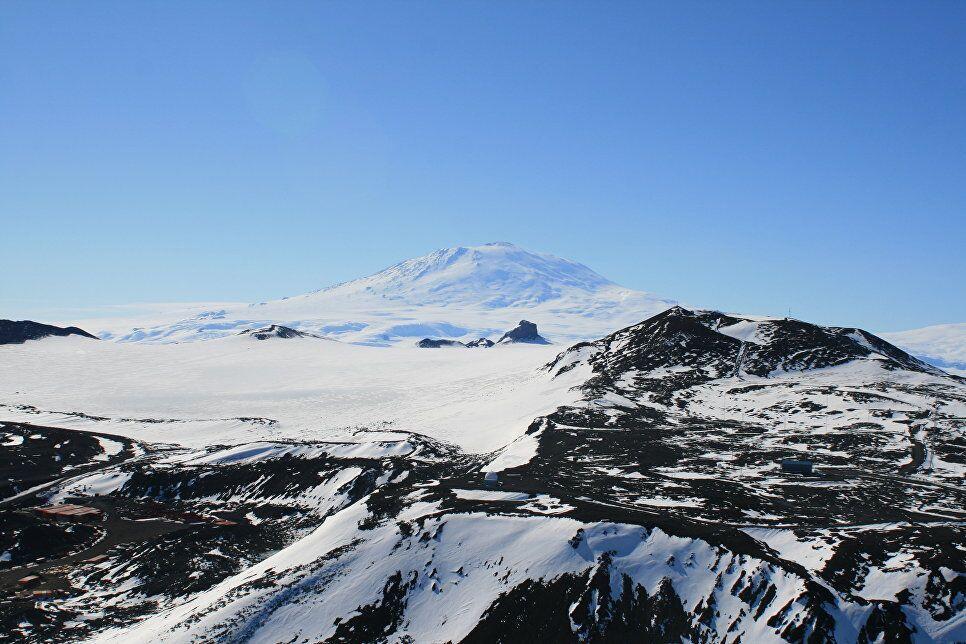Africa-Press – South-Africa. Part of a major Antarctic experiment aims to explore the possibility of gravity existing at the quantum level. The remarkable particle called the neutrino that can move through space without being altered could be the crucial piece of the puzzle.
Researchers from the Niels Bohr Institute at the University of Copenhagen have helped develop a technique that uses neutrino sub-atomic particles to help find quantum gravity on Earth.
The scientists, who published their research in the scientific journal Nature Physics, placed thousands of sensors over a square kilometer near Earth’s South Pole to monitor neutrinos, massless particles without electrical charge, from the atmosphere.
The research could contribute to reconciling the two opposing fields of quantum theory and gravitation, one of the study’s co-authors, Tom Stuttard, an assistant professor at Niels Bohr Institute, told journalists.
He described this “unification” as one of the most daunting tasks in fundamental physics. “It would be very satisfying if we could contribute to that end,” Stuttard stressed.
Over 300,000 of the elusive neutrinos have been detected so far, but the ones in the study do not come from the deep space. They are generated in the Earth’s atmosphere as high-energy particles from space collide with nitrogen or other molecules.
“Looking at neutrinos originating from the Earth’s atmosphere has the practical advantage that they are by far more common than their siblings from outer space,” Stuttard said. “We needed data from many neutrinos to validate our methodology. This has been accomplished now. Thus, we are ready to enter the next phase in which we will study neutrinos from deep space.”
Neutrinos possess a unique quality that shields them from electromagnetic and strong nuclear forces, allowing them to journey across the vast expanse of the universe unaltered.
While neutrinos are called particles, they possess three basic configurations — or flavors according to physicists — electron, muon, and tau.
That has has raised the question of whether neutrinos maintain their original properties throughout their travels or undergo subtle transformations.
Stuttard underlined the unprecedented nature of their experiment, conducted without a pre-existing theoretical framework.
Despite hopes of detecting quantum gravity-related changes, their absence would not rule out their existence. He emphasized the study’s primary aim was to establish a method for testing quantum gravity, which, despite skepticism, their analysis finds feasible.
Future measurements with astrophysical neutrinos and improved detectors aim to conclusively address the fundamental question in the coming decade.
For More News And Analysis About South-Africa Follow Africa-Press






